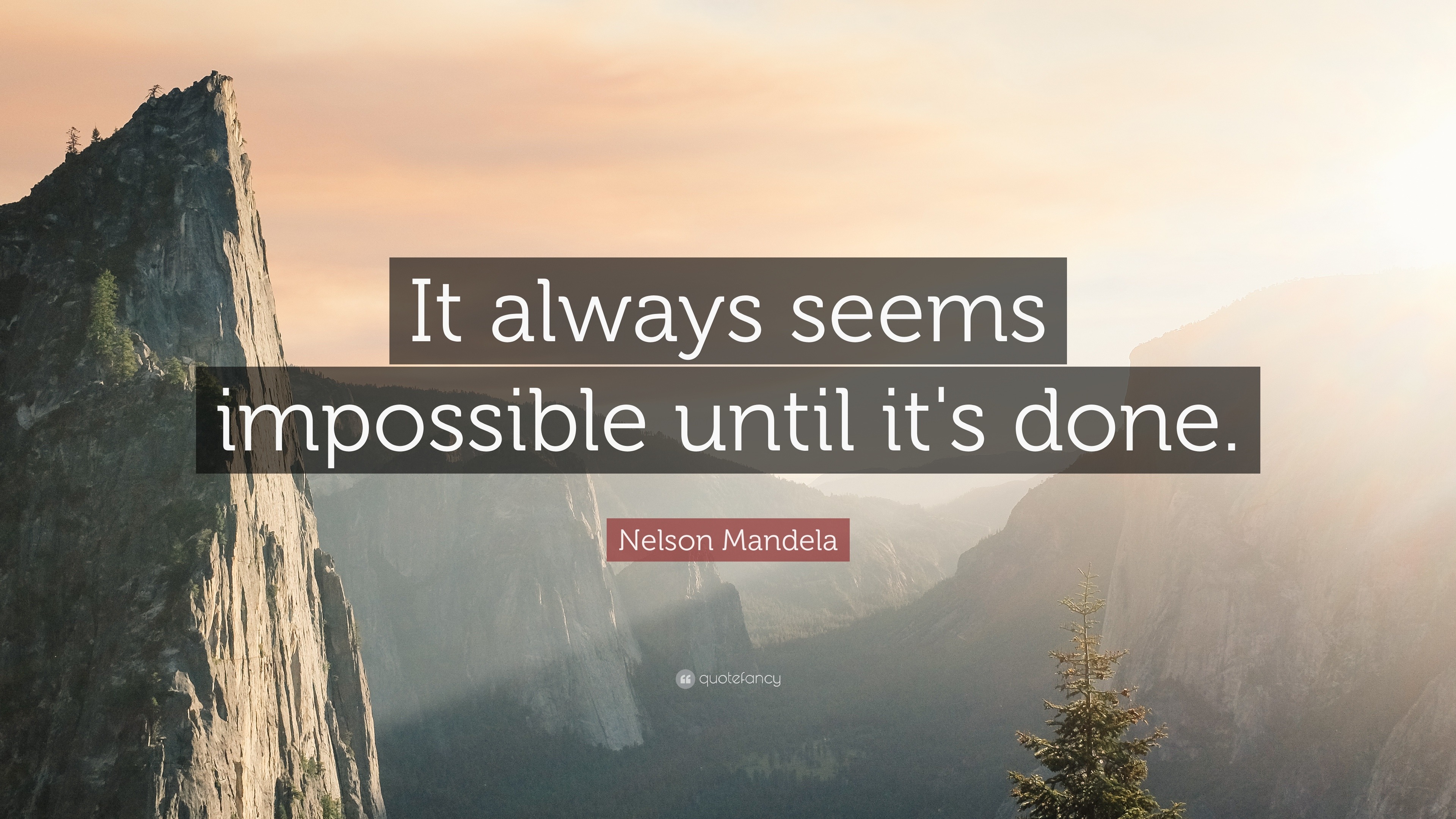This week, after 18 months of planning, organizing, purchasing & preparing, we were able to deploy approximately 700 Chromebooks to our 7th graders. It was an exciting week, with happy students who are now equipped for a blended learning environment.
This idea began with a conversation between our superintendent, secondary curriculum and technology departments. The plan involved making sure the professional development was in place to support the teachers who would facilitate these classrooms, as well as making sure the infrastructure was in place to support the devices.
I won't even pretend to know or understand the infrastructure, but I know it involved rewiring buildings, researching filters, and exploring single sign on options.
What I do know about is working with teachers to get ready for a 1:1 learning environment and the lessons we learned along the way, so I'll share this!
Lesson #1- Relationships matter!! Build them, foster them & listen!
Relationships, whether you are working with little people or big people, matter! Once the decision was made to begin the process, we purchased a similar device for all teachers who would be piloting this program and in a fun & festive event, we kicked off #RoosGo1toWorld! The group gathered together and talked about this exciting journey (and stressed just a bit about what this would mean!) There were many times when we needed to talk, vent, and then get back to the work at hand. It was important to take that time to listen and problem solve. Building relationships was important so that we could support & encourage each other during this journey. **Side note- chocolate is a NECESSITY when meeting!**
Lesson #2 - It is never too early to begin!
A year from the date of deployment, we started working with teachers to learn about Canvas LMS & other digital tools. We also started the process of a mindset shift. The 7th grade teachers met throughout the fall and spring semester to work on effective technology integration, creating engaging content in Canvas, and continuing to think about this new learning environment where each student had their own device every day. The teacher also gave input on the type of device the students should get, eventually choosing a Lenovo n22 touchscreen. This year we will begin working with 6th & 8th grade teachers to prepare them for the possibility of being 1:1 next year.
Lesson #3 - Provide ongoing support!
The support we offer teachers should be ongoing. In addition to training on specific tools throughout this year, we have also provided "work days" where teachers could work on creating content for their course with support. These days brought campuses together so that they could share resources and ideas with others who teach the same content. Teachers experienced face to face professional learning as well as blended learning through the Canvas course created for them, which allowed them to experience Canvas as a student. This support will continue throughout this year, because when things get stressful we oftentimes will go back to what we are comfortable with. This year we will be in classrooms, supporting teachers as they continue to learn and try new things.
Lesson #4 - Celebrate!
We have now deployed almost 700 Chromebooks to our incoming 7th graders, who are ready to go on Day 1. During our device distribution, our WHS SLED group (students in grades 9-11) created and presented information to families about the 1:1 program. This presentation included digital citizenship, Google Drive, Canvas LMS & taking care of the device. They did an exceptional job and we celebrate that! Our two middle school campuses had strong teams in place to assist with the distribution of devices. This is cause for celebration! Students arrive on campuses tomorrow and there are sure to be many reasons to celebrate this year! This is something we will focus on - celebrating our successes and remembering those when things don't go quite as planned.

If all goes as expected, this program will grow and we will work with 6th and 8th grade teachers this year. We started small, making sure that we could support the teachers before students were given devices. Research shows that just putting a device into a student's hands is not enough, and preparing teachers to effectively use technology in the classroom is necessary to impact student success. We will provide this support in face to face training as well as through blended learning using our #RoosGo1toWorld Canvas course.
Many districts have taken this same journey. We would appreciate any tips or advice for successful 1:1 initiatives!
 I had the honor of facilitating a panel discussion by a few of our high school students on digital citizenship this past spring. This session was at the Texas Social Media Conference held at our local education service center.
I had the honor of facilitating a panel discussion by a few of our high school students on digital citizenship this past spring. This session was at the Texas Social Media Conference held at our local education service center. 
















